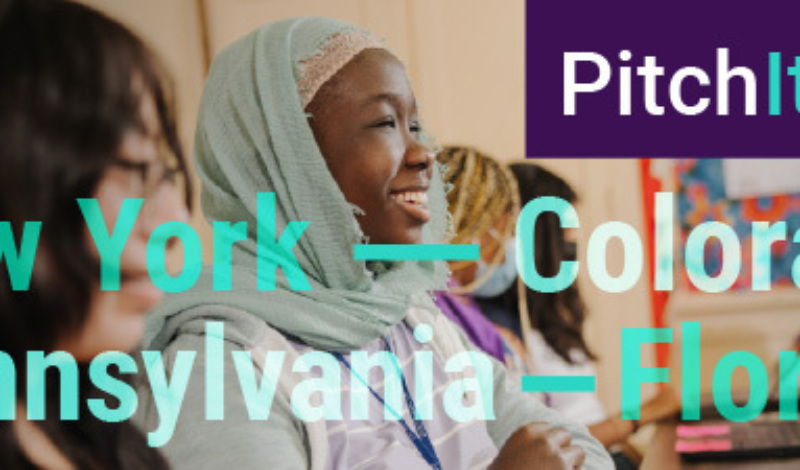
PitchIt! Student essay contest
Student voices are catalysts for positive change in schools and communities. You can empower them to be well-informed and
News Goggles annotations and activities offer news literacy takeaways on timely topics. These resources feature examples of actual news coverage, including full news reports, headlines, breaking news alerts or excerpts.
This News Goggles resource originally appeared in a previous issue of The Sift newsletter for educators, which explores timely examples of misinformation, addresses journalism and press freedom topics and examines social media trends and issues. Read archives of the newsletter and subscribe here.
Credible sources are fundamental to quality journalism. Journalists seek out the sources they determine are in the best position to provide relevant facts and details, including eyewitnesses, officials, experts and documents. Often this information appears in the form of quotes. Quoting sources can hold officials accountable, show audiences where key facts originated and add different voices to coverage. But how do journalists decide which quotes to cite and where to put them? What kind of information is best conveyed by including direct quotes instead of paraphrasing them?
In this edition of News Goggles, let’s take a look at the use of quotes in several stories on the deadly winter weather in February 2021 that left millions without power in Texas. Grab your news goggles!
★ Featured News Goggles resource: These classroom-ready slides offer annotations, discussion questions and a teaching idea related to this topic.
Note: Texas news organizations were praised for providing crucial coverage while many of their journalists worked without power and water, filing stories from their cars and sheds.
Related: “’Thank God for The Texas Tribune’: Power crisis shines light on local news” (Kerry Flynn, CNN Business).
Discuss: How should journalists decide what information to quote directly, rather than opting to summarize or paraphrase? What kind of quotes are the most effective or impactful?
Idea: Ask students to find a news story on the aftermath of the February 2021 winter weather, either in Texas or in another part of the United States. Have students analyze the quotes in their chosen story and label the source type of each quote (eyewitness, officials, experts, documents, etc.). Is there a good variety of sources? Which quote is best and why? Where is the chosen quote located in the story? Do students agree with the order of the quotes? If they had written the news report, which quote would they have included first? Which one would they put last? Why?
Resource: “Practicing Quality Journalism” (NLP’s Checkology® virtual classroom).
Have feedback about this resource? Or an idea for a future News Goggles? Please share it with us at [email protected]. You can also use this guide for a full list of News Goggles from the 2020-21 school year for easy reference.
Student voices are catalysts for positive change in schools and communities. You can empower them to be well-informed and
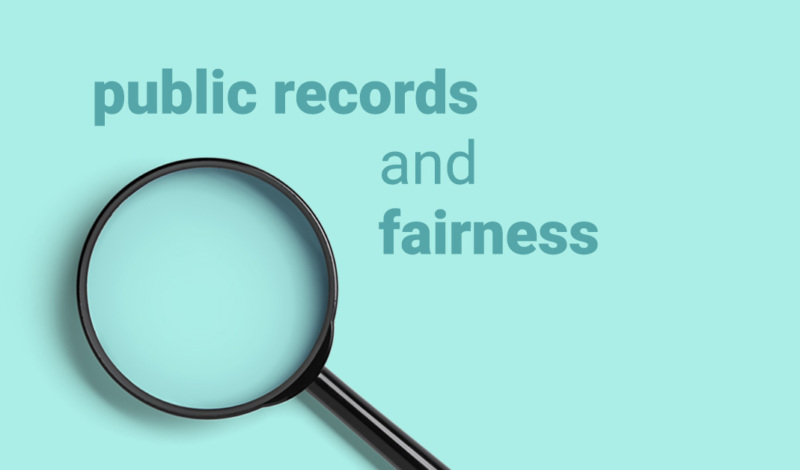

In this edition of News Goggles, we’ll take a closer look at the use of records alongside elements of
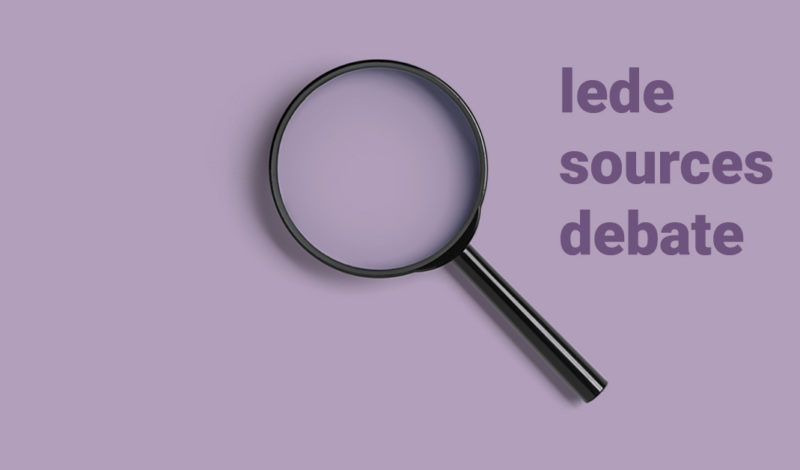

In this edition of News Goggles, let’s turn our gaze to a key standard of quality journalism — sourcing.
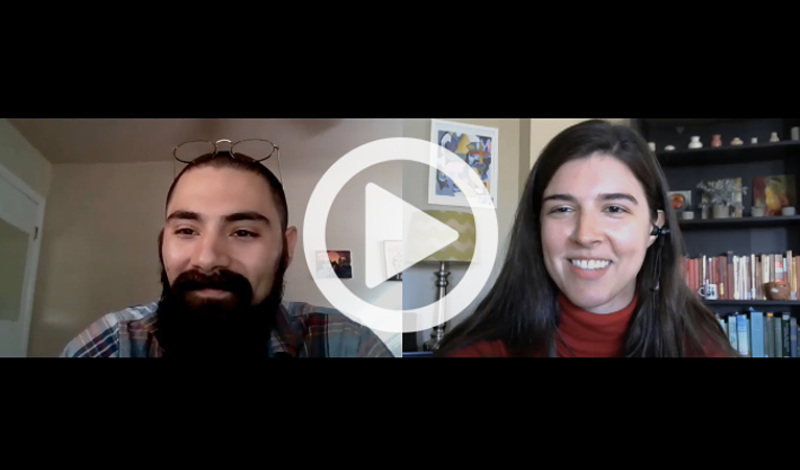

How do journalists see news? Put on a pair of “news goggles” and check out these conversations with professional
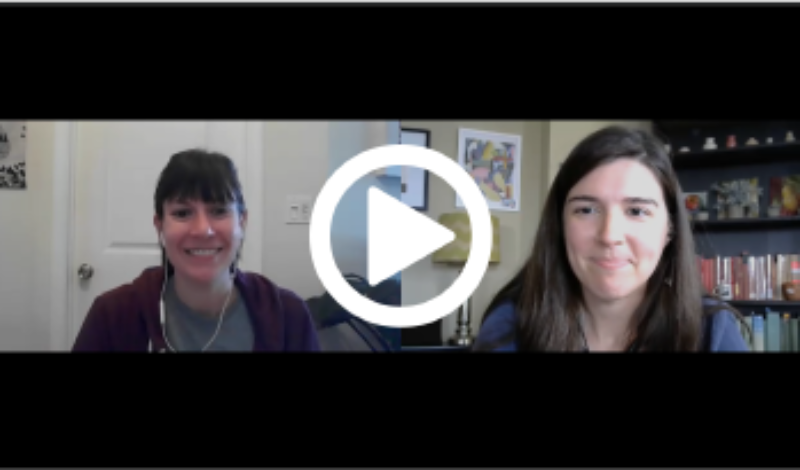

This week, we talk to Emily Hoerner of the Chicago Tribune about her recent story on public restroom access.



